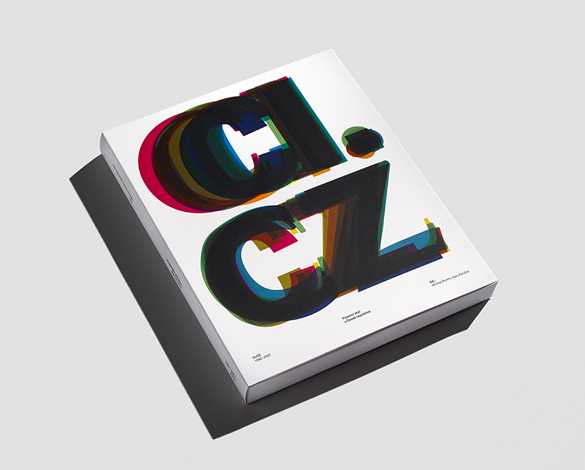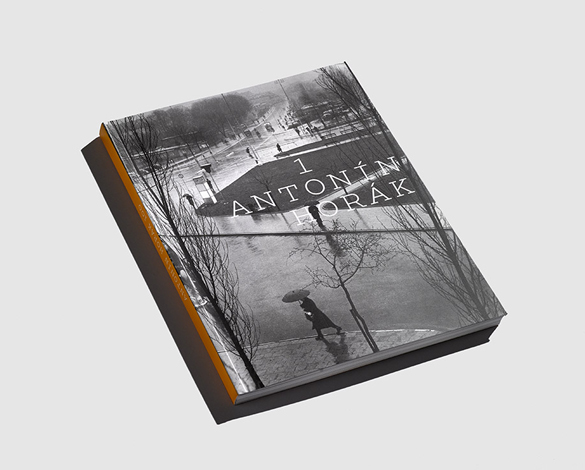




About us
CI.CZ organises fine art and design exhibitions and publishes books about art and graphic design. The aim is to present important but often forgotten artists and to show their work in various contexts.
The company also systematically maps and documents Czech corporate visual style.
Exhibitions
Books
CI.CZ 1990 - 2007
2007
The book presents a carefully curated selection of the best corporate visual style commissions created in the Czech Republic between 1990 and 2007. Michal Richtr and Alan Záruba, the editors and co-authors of the book, selected projects that have paved the way of modern corporate identity in the country and gained model status over the course of time. These are not only commissions by large Czech companies, banks or financial institutions with an international reach but also projects of visual presentation of smaller companies, non-profit organizations, public institutions, as well as Czech cities and regions.
In the introduction, the book presents a historical study of the subject and detailed methodology. The title filled a big gap and it contributed hugely to the knowledge and understanding of this specialist area of graphic design.
Antonín Horák 100
2018
Antonín Horák was a photographer and later director of photography at the Film Studio in Zlín, Czechoslovakia.
Several authors contributed their texts to this title, edited by Vít Jakubíček and Michal Richtr. The book takes us through the individual stages of Antonín Horák's work, from his photographic beginnings, through his collaboration with directors Karel Zeman and Hermína Týrlová, to his own film work and collaboration with other directors. In an effort for it to be as complete as possible, the publication also includes materials dug up from the archives, as well as personal memories of his children, friends and co-workers, which vividly describe Horák's multi-layered creative personality.
Contact:
CI.CZ, s.r.o.
- Michal Richtr
Bohdalecká 25,
101 00 Praha 10
+420 603 459 802
michal.richtr@cicz.eu































































